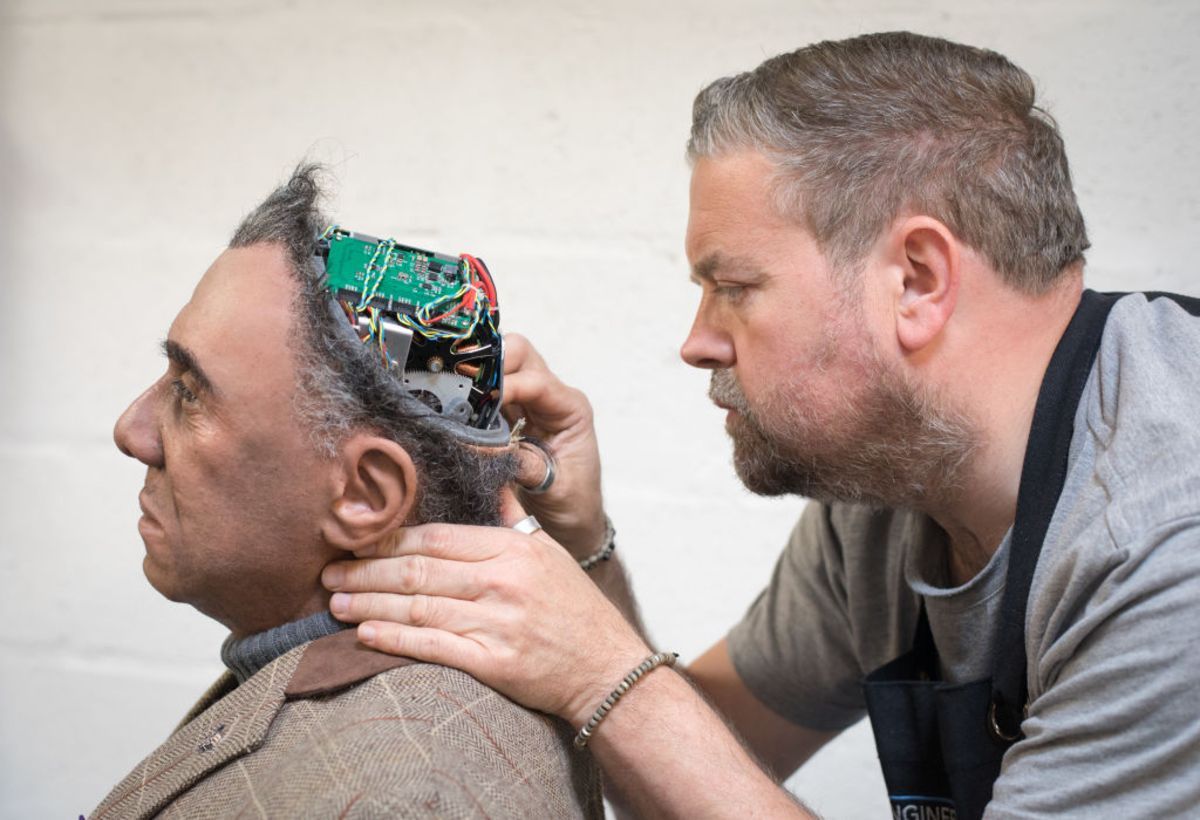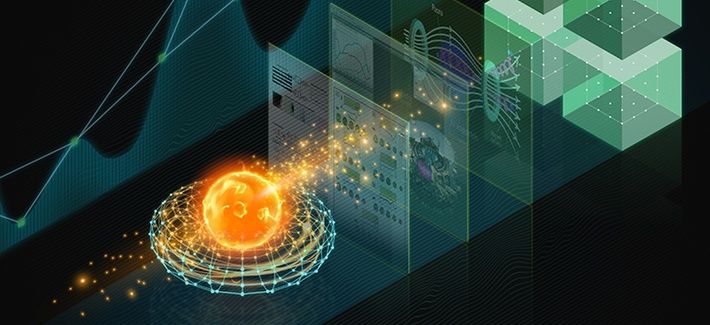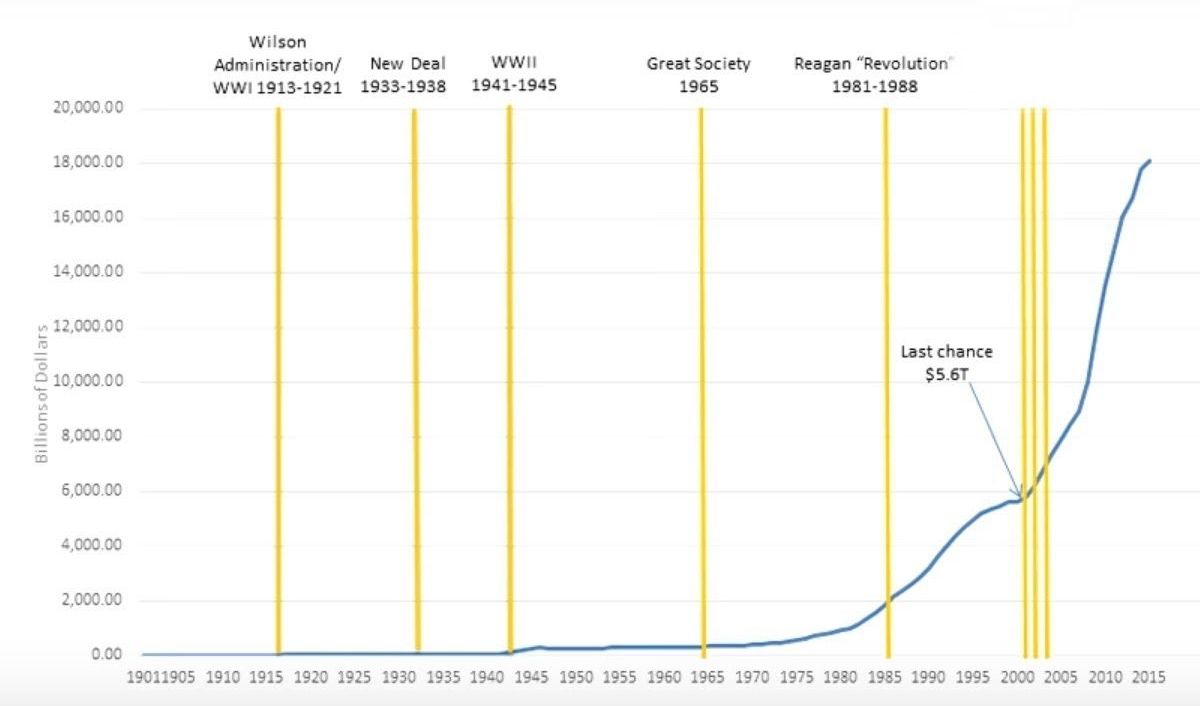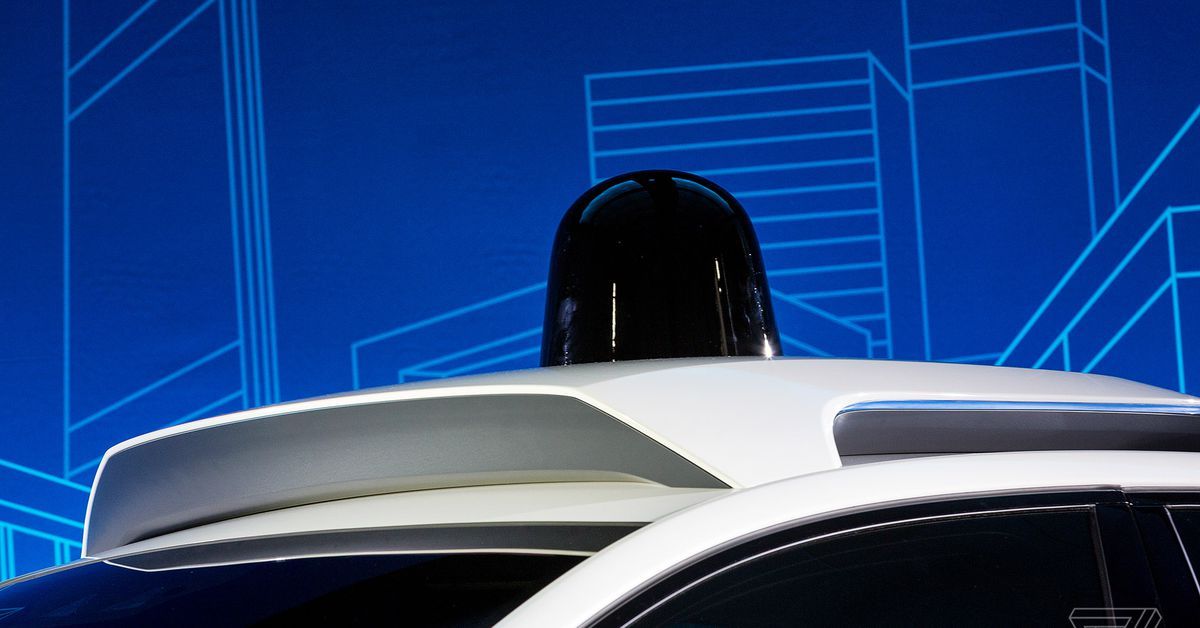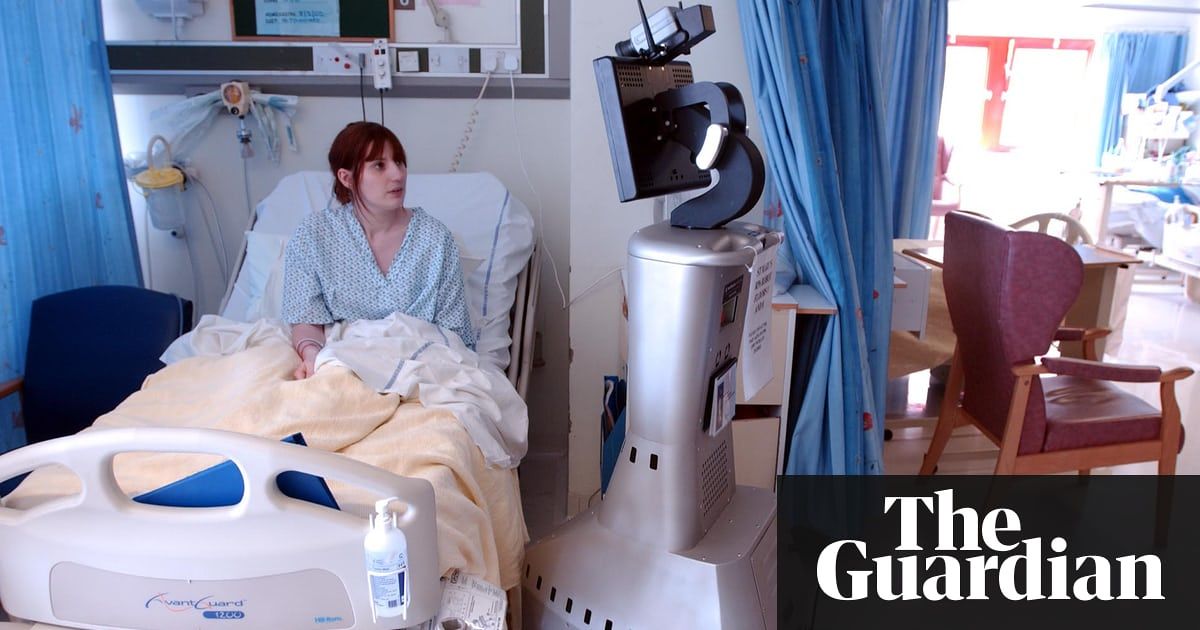Cheap technology will sweep away lots of jobs. That’s an argument for a better safety net.
Category: employment – Page 69
It’s amusing that these people know where this is headed, but arent interested enough to stop it.
The co-chief investment officer and co-chairman of Bridgewater Associates shared his thoughts in a Facebook post on Thursday.
Dalio says he was responding to a question about whether machine intelligence would put enough people out of work that the government will have to pay people to live with a cash handout, a concept known as universal basic income.
My view is that algorithmic/automated decision making is a two edged sword that is improving total productivity but is also eliminating jobs, leading to big wealth and opportunity gaps and populism, and creating a national emergency.
Bottom of the barrel white collar jobs will all probably be automated by 2025.
When Google introduced Google Duplex, its AI assistant designed to speak like a human, the company showed off how the average person could use the tech to save time making reservations and whatnot. What wasn’t touched on was the possibility that Duplex may have a use on the other side of the line, taking over for call center employees and telemarketers.
A report from The Information suggests Google may be making a play to find other applications for its human-sounding assistant and has already started experimenting with ways to use Duplex to do with away roles currently filled by humans—a move that could have ramifications for millions of people.
Recorded at “Contra Krugman: The Economic Myths of the 2016 Election”: the Mises Circle at Seattle’s historic Town Hall, on 21 May 2016.
Presidential candidates promise everything from living wages to free health care and college. Proposals about how to run whole segments of the economy are made with a straight face. The most tired and hackneyed ideas about income equality, corporate greed, creating jobs, and paying one’s fair share of taxes are trotted out. And millions of voters apparently believe it all, falling for the same promises of free stuff and prosperity from Washington.
How do political candidates get away with this nonsense, year after year and election after election? More importantly, what can we do as individuals to fight the entrenched economic illiteracy that keeps politicians in business?
Full talk, licenced under creative common: https://www.youtube.com/watch?v=h6KQY5gbEAM
–
If you like the content, subscribe!
I’m excited to share my interview with Jakub Dymek on #transhumanism in the new edition of The Aspen Institute (Eastern Europe) quarterly Aspen Review magazine.
Let’s think about this: what happens when sometime in the future the whole generation of Chinese kids have higher IQs than their American peers, because they’re technologically hardwired for that? Will this be a national security issue? This is a global security issue—says Zoltan Istvan in an interview with Jakub Dymek.
JAKUB DYMEK: You are a transhumanist—member of a movement endorsing technologically augmented advancement of human species and using technology to extend our capabilities. What does transhumanist thinking bring into the world of policy debate in the US and worldwide and how politically influential it is?
ZOLTAN ISTVAN: Transhumanism influences politics today only a little bit. But at the same time, transhumanist movement grows exponentially, like 1000% every year. So I think its implications for the policy debate here in the US and globally will only grow in scale and importance, obviously. Transhumanism can define policy debate of the future, of that I’m sure. President Trump can say today that manufacturing jobs and jobs in general are lost because of immigrants. But he wouldn’t be able to say the same thing up until 2020 campaign, because it’s simply not true, and more people realize the simple fact that jobs aren’t lost to immigration, but automation. It’s tech “stealing the jobs” he is going to have to say then. And you cannot build a wall to stop technology from spreading. This is how transhumanism is already shaping this debate. And it goes beyond jobs.
- There has been a 14X increase in the number of active AI startups since 2000. Crunchbase, VentureSource, and Sand Hill Econometrics were also used for completing this analysis with AI startups in Crunchbase cross-referenced to venture-backed companies in the VentureSource database. Any venture-backed companies from the Crunchbase list that were identified in the VentureSource database were included.
- The share of jobs requiring AI skills has grown 4.5X since 2013., The growth of the share of US jobs requiring AI skills on the Indeed.com platform was calculated by first identifying AI-related jobs using titles and keywords in descriptions. Job growth is a calculated as a multiple of the share of jobs on the Indeed platform that required AI skills in the U.S. starting in January 2013. The study also calculated the growth of the share of jobs requiring AI skills on the Indeed.com platform, by country. Despite the rapid growth of the Canada and UK. AI job markets, Indeed.com reports they are respectively still 5% and 27% of the absolute size of the US AI job market.
- Machine Learning, Deep Learning and Natural Language Processing (NLP) are the three most in-demand skills on Monster.com. Just two years ago NLP had been predicted to be the most in-demand skill for application developers creating new AI apps. In addition to skills creating AI apps, machine learning techniques, Python, Java, C++, experience with open source development environments, Spark, MATLAB, and Hadoop are the most in-demand skills. Based on an analysis of Monster.com entries as of today, the median salary is $127,000 in the U.S. for Data Scientists, Senior Data Scientists, Artificial Intelligence Consultants and Machine Learning Managers.
- Error rates for image labeling have fallen from 28.5% to below 2.5% since 2010. AI’s inflection point for Object Detection task of the Large Scale Visual Recognition Challenge (LSVRC) Competition occurred in 2014. On this specific test, AI is now more accurate than human These findings are from the competition data from the leaderboards for each LSVRC competition hosted on the ImageNet website.
- Internationally, robot imports have risen from around 100,000 in 2000 to around 250,000 in 2015. The data displayed is the number of industrial robots imported each year into North America and Internationally. Industrial robots are defined by the ISO 8373:2012 standard. International Data Corporation (IDC) expects robotics spending to accelerate over the five-year forecast period, reaching $230.7B in 2021, attaining a Compound Annual Growth Rate (CAGR) of 22.8%.
- Global revenues from AI for enterprise applications is projected to grow from $1.62B in 2018 to $31.2B in 2025 attaining a 52.59% CAGR in the forecast period. Image recognition and tagging, patient data processing, localization and mapping, predictive maintenance, use of algorithms and machine learning to predict and thwart security threats, intelligent recruitment, and HR systems are a few of the many enterprise application use cases predicted to fuel the projected rapid growth of AI in the enterprise. Source: Statista.
- 84% of enterprises believe investing in AI will lead to greater competitive advantages. 75% believe that AI will open up new businesses while also providing competitors new ways to gain access to their markets. 63% believe the pressure to reduce costs will require the use of AI. Source: Statista.
- 87% of current AI adopters said they were using or considering using AI for sales forecasting and for improving e-mail marketing. 61% of all respondents said that they currently used or were planning to use AI for sales forecasting. The following graphic compares adoption rates of current AI adopters versus all respondents. Source: Statista.
Driverless vehicles could eliminate millions of jobs in the future, from cabbies to truckers to food delivery workers. But the companies that are hoping to hasten the adoption of this disruptive technology don’t want to seem callous to this brewing labor crisis, so they are joining forces to study the “human impact” of robot cars.
The Partnership for Transportation Innovation and Opportunity (PTIO) is a newly formed group comprised of most of the major companies that are building and testing on self-driving cars. This includes legacy automakers like Ford, Toyota, and Daimler; tech giants like Waymo (née Google), Uber, and Lyft; and logistics providers like FedEx and the American Trucking Association. The new organization is being formed as a 501©(6), which allows it to accept donations like a nonprofit and lobby government like a chamber of commerce.
But there’s a recent lesson worth learning from. Globalization and automation caused upheaval in the manufacturing industry from the 1980s through the early 2000s, and millions of factory workers lost their jobs. The disruption to communities is still being felt, and is arguably at the root of a lot of the biggest social and economic problems of this era.
Some big ideas are starting to percolate. But less dramatic ones might work, too.
NHS hospital bosses are debating a reform involving “widespread adoption of artificial intelligence” and “full automation”.
From diagnosis to recovery, machines could take on a range of jobs, a new report suggests.
Denis Campbell Health policy editor.
